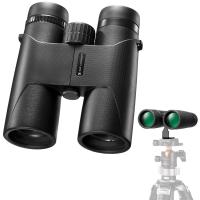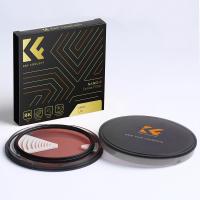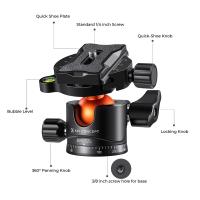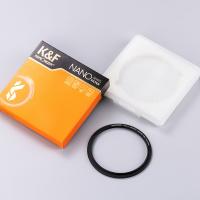When Was The First Light Microscope Made ?
The first light microscope was made in the late 16th century, around the year 1590. It was invented by two Dutch spectacle makers, Hans Lippershey and Zacharias Janssen, who were experimenting with lenses and discovered that by placing two lenses in a tube, they could magnify objects. Later, another Dutch scientist, Antonie van Leeuwenhoek, improved the design of the microscope and used it to observe and study microorganisms, which led to the discovery of the microbial world. The light microscope has since become an essential tool in many fields of science, including biology, medicine, and materials science.
1、 Invention of the first compound microscope in the 16th century
The invention of the first compound microscope in the 16th century is credited to Dutch spectacle maker, Zacharias Janssen, and his father, Hans Janssen. They are believed to have created the first microscope by placing two lenses in a tube, which allowed for magnification of small objects. However, there is some debate over the exact date of this invention, with some sources suggesting it was in the late 1590s, while others claim it was as early as 1590.
The first compound microscope was a significant breakthrough in the field of microscopy, as it allowed scientists to observe and study microscopic organisms and structures in greater detail than ever before. This led to many important discoveries in the fields of biology, medicine, and chemistry.
Since the invention of the first compound microscope, there have been many advancements in microscopy technology. In the 17th century, Antonie van Leeuwenhoek, a Dutch scientist, improved upon the design of the microscope and was able to observe bacteria and other microorganisms for the first time. In the 19th century, the development of the electron microscope allowed for even greater magnification and resolution, leading to further discoveries in the field of microbiology.
Today, microscopy continues to be an important tool in scientific research, with advancements in technology allowing for even greater magnification and imaging capabilities. From the invention of the first compound microscope in the 16th century to the latest advancements in microscopy technology, the field of microscopy has come a long way and continues to play a crucial role in scientific discovery.

2、 Development of the first practical microscope in the 17th century
The development of the first practical microscope in the 17th century marked a significant milestone in the history of science. The first light microscope was invented by Dutch scientist Antonie van Leeuwenhoek in the late 1600s. Leeuwenhoek's microscope was a simple device that consisted of a single lens mounted on a brass plate. It was capable of magnifying objects up to 200 times their original size, allowing Leeuwenhoek to observe and study microscopic organisms such as bacteria and protozoa.
Over the years, the design of the light microscope has evolved significantly, with improvements in lens quality, illumination, and magnification capabilities. Today, light microscopes are widely used in scientific research, medicine, and industry. They are capable of magnifying objects up to 2000 times their original size, allowing scientists to study the structure and function of cells, tissues, and organs in great detail.
Recent advancements in microscopy technology have led to the development of new types of microscopes, such as confocal microscopes, electron microscopes, and super-resolution microscopes. These advanced instruments are capable of producing high-resolution images and videos of biological samples, providing scientists with unprecedented insights into the workings of the natural world.
In conclusion, the development of the first practical microscope in the 17th century was a significant milestone in the history of science. Since then, the design of the light microscope has evolved significantly, and new types of microscopes have been developed, leading to groundbreaking discoveries in the fields of biology, medicine, and materials science.
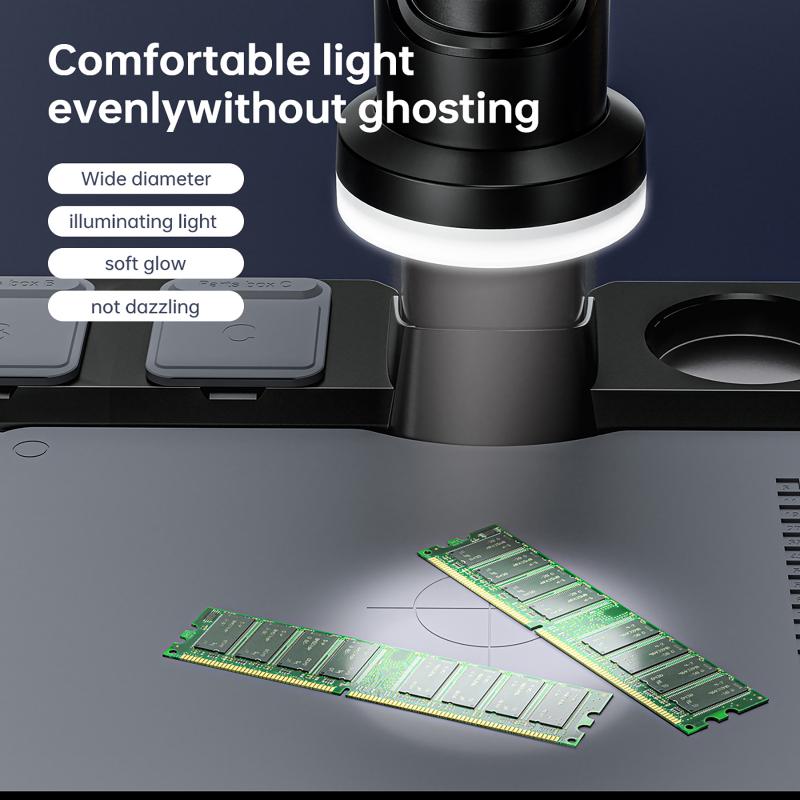
3、 Improvements in microscope design in the 18th century
When was the first light microscope made? The first light microscope was made in the late 16th century by Dutch spectacle makers, Zacharias Janssen and his father Hans. However, the microscope was not widely used until the 18th century when improvements in microscope design were made.
Improvements in microscope design in the 18th century included the development of achromatic lenses, which allowed for clearer and sharper images. This was followed by the invention of the compound microscope, which used two or more lenses to magnify the specimen. These advancements in microscope technology allowed scientists to observe and study microscopic organisms and structures in greater detail.
Today, light microscopes are still widely used in scientific research and education. However, recent advancements in technology have led to the development of more sophisticated microscopes, such as electron microscopes and confocal microscopes, which allow for even higher magnification and resolution.
In conclusion, while the first light microscope was made in the late 16th century, it was not until the 18th century that significant improvements in microscope design were made. These advancements allowed for greater understanding and exploration of the microscopic world, and continue to shape scientific research and discovery today.
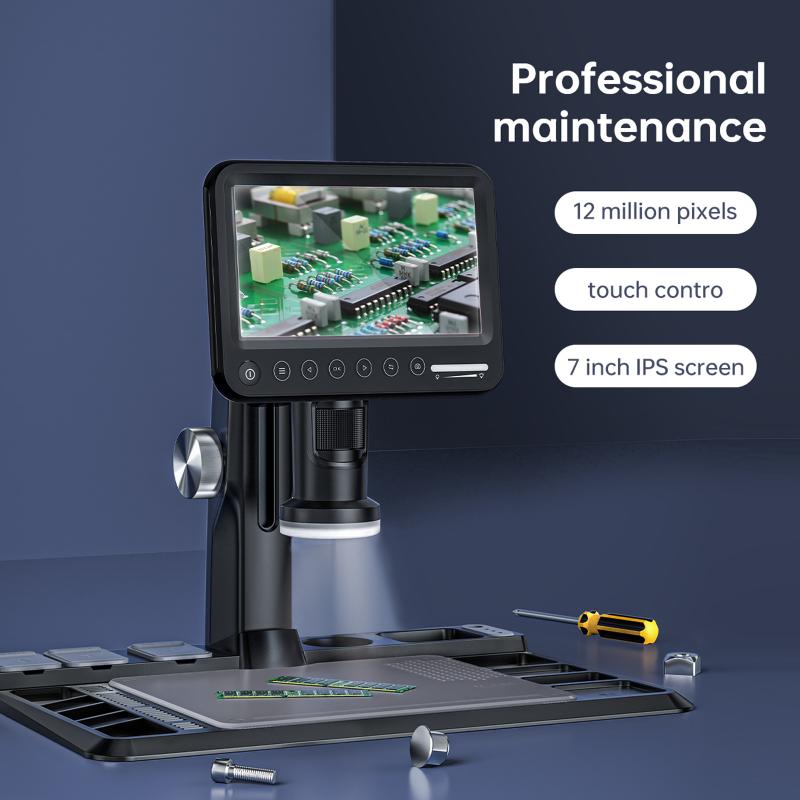
4、 Advancements in microscopy during the 19th century
When was the first light microscope made? The first light microscope was made in the late 16th century by Dutch spectacle makers, Zacharias Janssen and his father Hans. This early microscope was a simple device that used a convex lens to magnify objects. However, it was not until the 17th century that the microscope was refined and improved by scientists such as Robert Hooke and Antonie van Leeuwenhoek.
Advancements in microscopy during the 19th century saw the development of more sophisticated microscopes, including the compound microscope, which used multiple lenses to produce a clearer image. This allowed scientists to study cells and microorganisms in greater detail, leading to important discoveries in biology and medicine.
In the 20th century, the invention of electron microscopy revolutionized the field of microscopy. Electron microscopes use beams of electrons instead of light to produce images with much higher resolution, allowing scientists to study the structure of molecules and even individual atoms.
Today, microscopy continues to be an important tool in scientific research, with new technologies such as super-resolution microscopy and 3D imaging allowing scientists to study biological processes in unprecedented detail.















